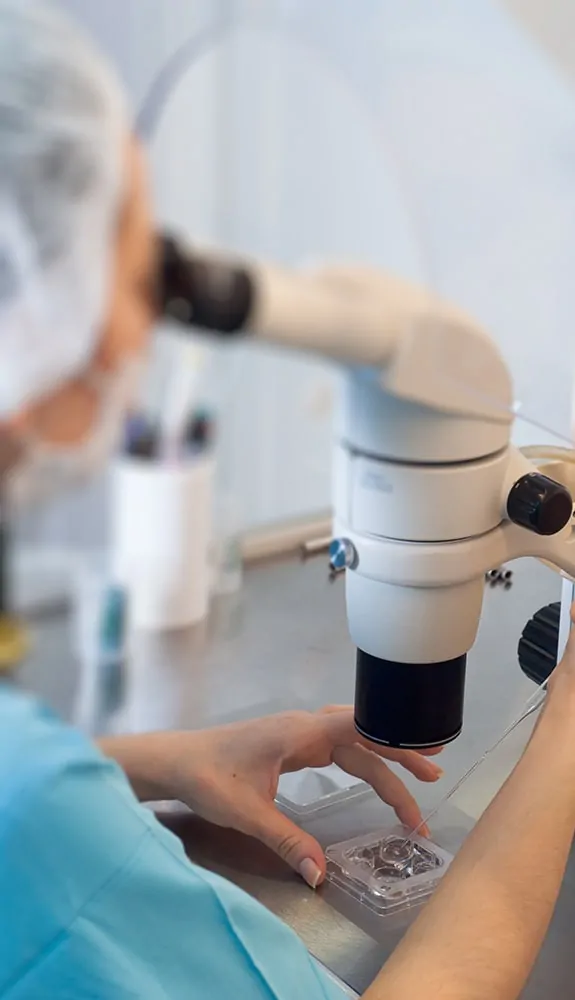Sperm quality is defined as the ability of sperm cells to fertilise an egg, but when is the best time to make a sample, how is it produced and how is the sperm tested? Learn more in this article.
For most men, sperm cells are constantly produced in the testicles, however, it usually takes around two days to generate a new portion of sperm cells after an ejaculation, hence sperm samples produced after two days of abstinence usually have the highest number of motile sperm cells compared to both semen samples after shorter and longer abstinence periods. After a longer time of abstinence, the sperm cells will start to degenerate.
When is the best time to make a sperm sample?
To get the most reliable test of your sperm, testing is best done on an ejaculation produced after 2-3 days of abstinence. This means that it is recommended to have no sex and no ejaculation of any kind, including masturbation, 2-3 days prior to a sperm sample test.
Producing the sperm sample
A sperm sample must be produced at the premises for the examination – for example, a fertility clinic or a sperm bank. Hand washing and washing of the penis are to be the first steps and no lubricants are to be used as most of them contain substances intended to kill sperm cells and it may contaminate your sample.


Semen samples are to be produced by masturbation and collected in a clean cup with a lit. Make sure you collect the entire ejaculate, including the first drops, but do not attempt to collect any spilt semen. Sperm cells do not live long in the cup, so make sure you deliver it for examination straight away.
Delays in delivering the semen sample and exposure to high or low temperatures will result in the sperm cell motility to be inaccurately low. Make sure your name, date of birth and the time and date of your sample are clearly written on the cup.
If you are infertile, resulting in few or no sperm in the ejaculate, you may require a surgical procedure such as microsurgical epididymal sperm aspiration (MESA) or testicular sperm aspiration (TESA).
Testing the sperm quality
The fresh sample is tested by placing a drop of semen in a counting chamber. The sperm is analysed by using a microscope, checking among other things, sperm cell count per millilitre, the number of sperm cells that move, the degree of movement and the semen sample’s total amount in millilitres.
Semen quality can be measured in different ways. The most used parameters to describe semen quality is measuring sperm cell count and looking at the ability of sperm cells to move.
The sperm cells’ quality is defined as the ability of sperm cells to fertilise an egg. In general, the greater the number of normal sperm cells with good motility that are present, the greater the chances of making a female pregnant. A normal sperm count is more than 15 million sperm cells per millilitre. It is also generally accepted that for sperm to be considered of good quality, more than 40% of the sperm cells must be living and moving, however, only one sperm cell is needed per pregnancy.
You can read more about further options for sperm testing in this article.



